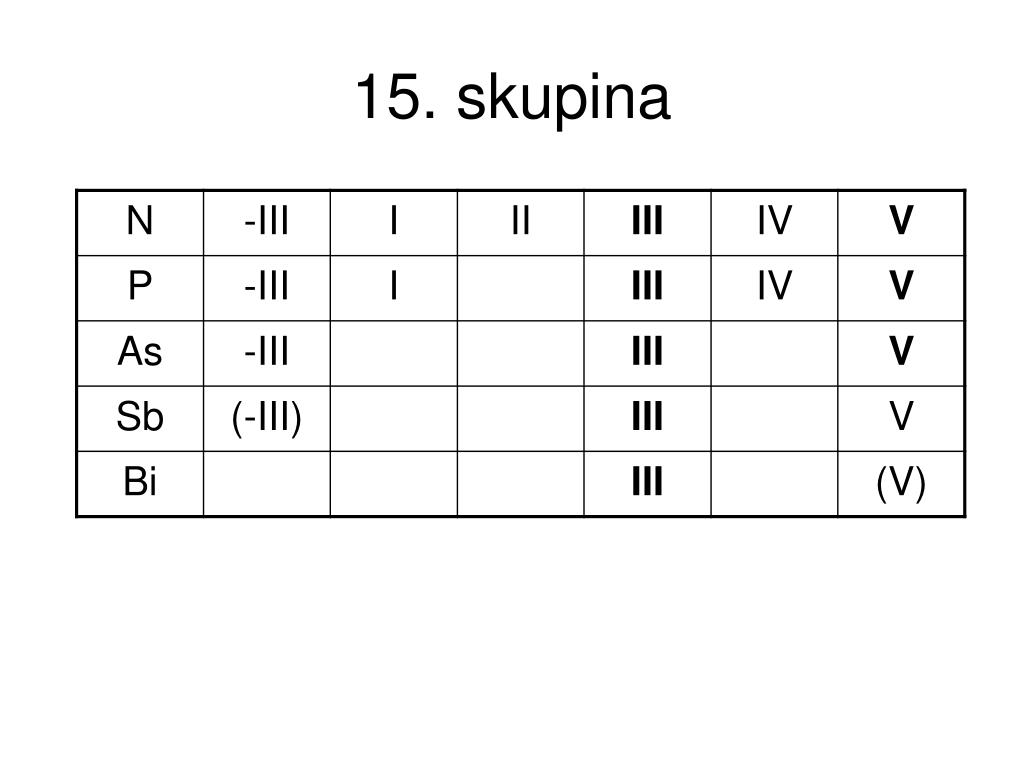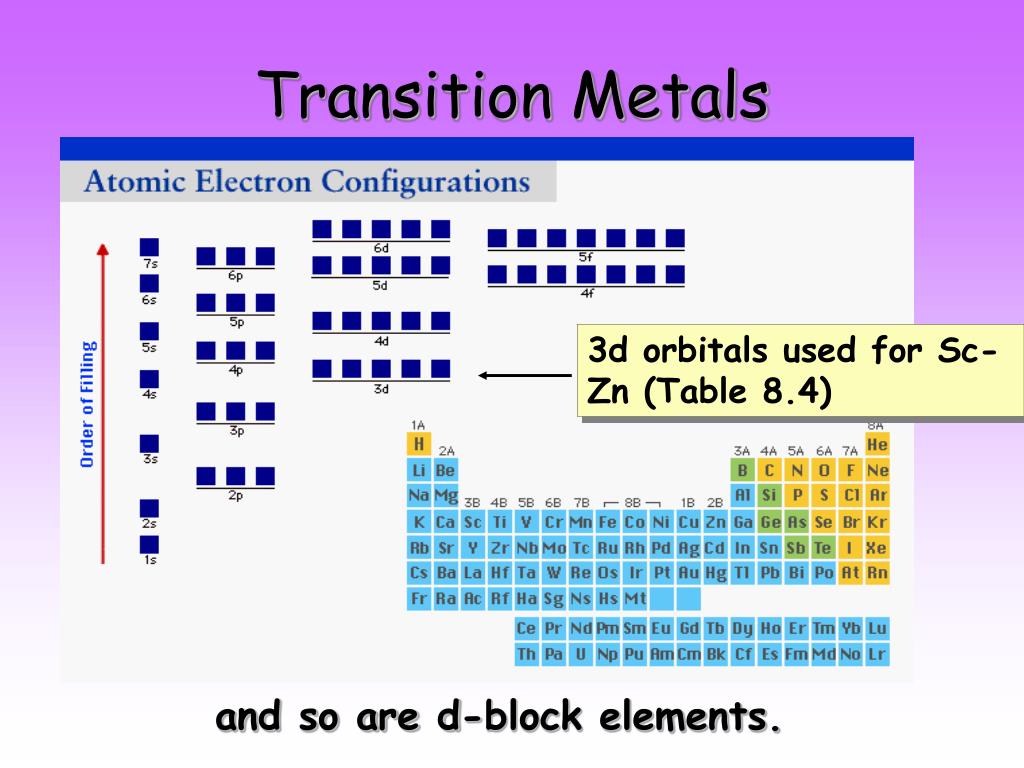

Lead is used in pencils and car batteries because of its low melting point.įlerovium: Flerovium is the least common p block element. Lead has four valence electrons, like carbon and silicon, but it can only form covalent bonds with other atoms. Tin is used in cans and solder because of its low melting point. Tin has four valence electrons, like carbon and silicon, but it can only form covalent bonds with other atoms. Germanium is used in transistors and optical fibres because of its semiconductor properties.

It has four valence electrons like carbon and silicon, but it can also form ionic bonds with other elements.

Germanium: Germanium is a rarer p block element. Silicon is used in computer chips and solar cells because of its semiconductor properties. This makes silicon a good conductor of electricity. Silicon has four valence electrons, like carbon, but it can also form ionic bonds with other elements. Silicon: Silicon is the second most important p block element. Carbon's ability to form covalent bonds also allows it to link together long polymer chains, which form plastics and other materials found in nature and industry. The lone electron pair on each hydrogen atom is left free to move around independently, allowing for side chains in proteins. This is illustrated in the following diagram, where carbon is shown with four bonds to hydrogen atoms. Carbon has four valence electrons, which makes it capable of forming covalent bonds with other atoms. It is found in all living things and is the basis for organic chemistry. Lead (Pb): atomic number 82, solid at room temperatureįlerovium (Fl): atomic number 114, solid at room temperatureĬarbon: Carbon is the most important p block element. Tin (Sn): atomic number 50, solid at room temperature Germanium (Ge): atomic number 32, solid at room temperature Silicon (Si): atomic number 14, substantial at room temperature The following list gives an overview of the essential information about each component, including its atomic number and state at room temperature:Ĭarbon (C): atomic number 6, solid at room temperature This is because the valence band of these elements is filled with electrons, which makes them poor conductors of electricity. Details in the p block are best known for their semiconductor properties. The p block elements are characterised as being poor metals. The p block elements are the six elements in the periodic table located below group 3A and above group 5A, namely, carbon (C), silicon (Si), germanium (Ge), tin (Sn), lead (Pb), and flerovium (Fl).


 0 kommentar(er)
0 kommentar(er)
